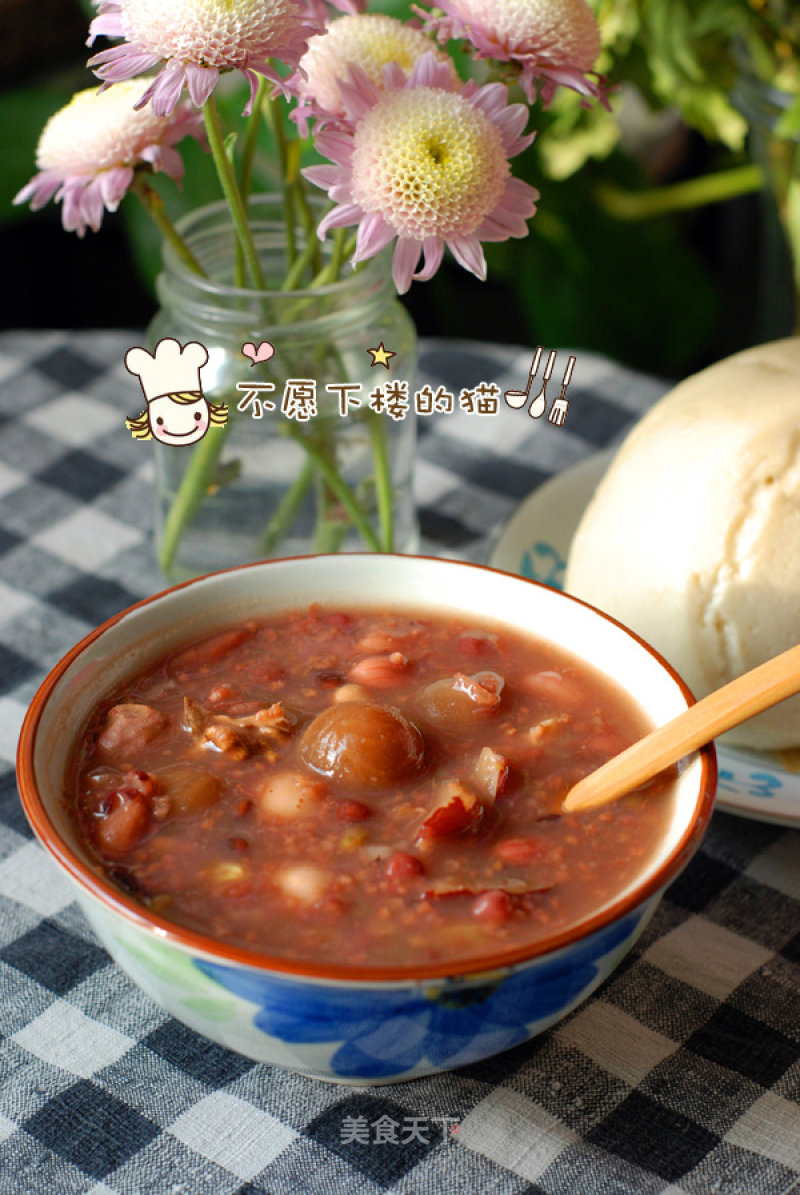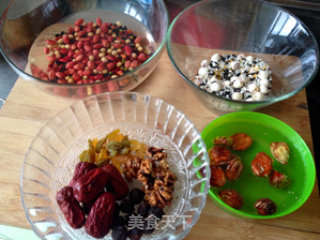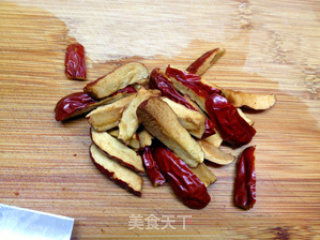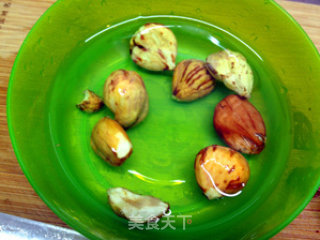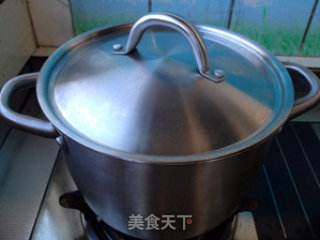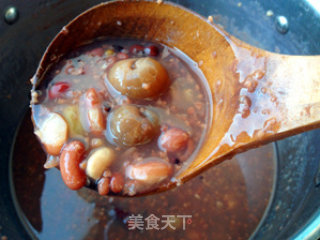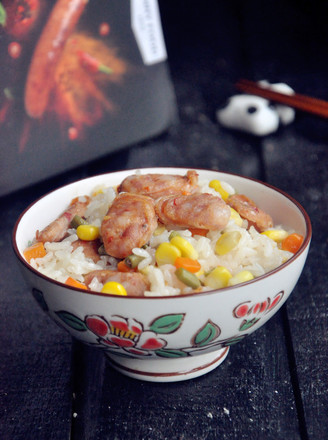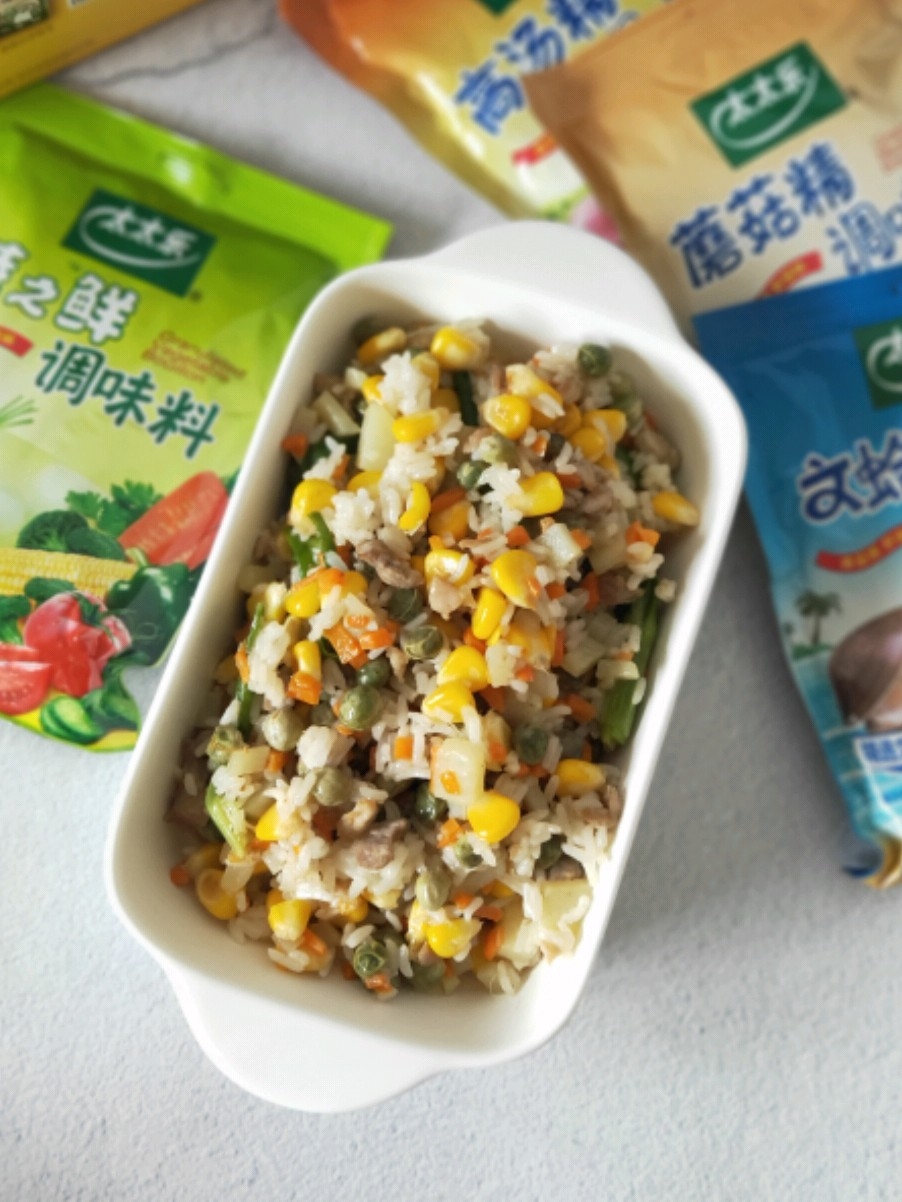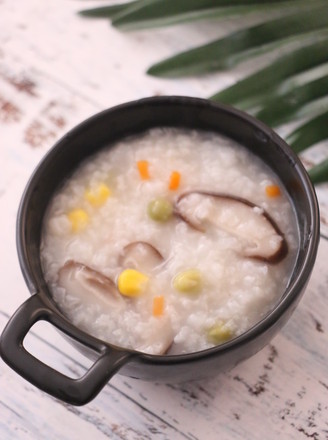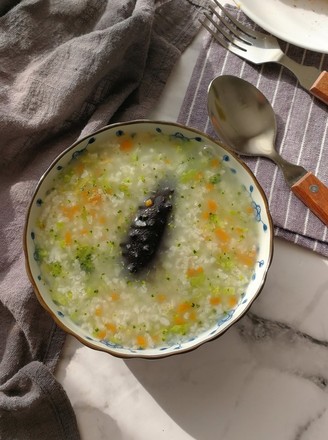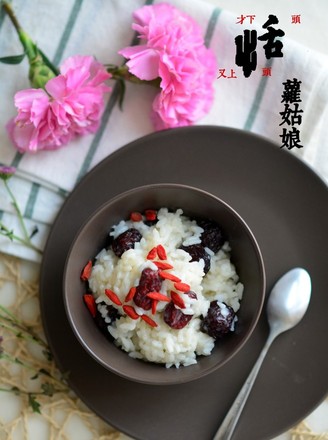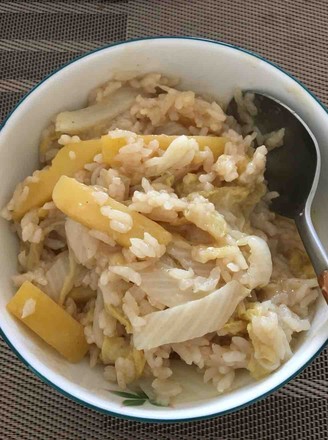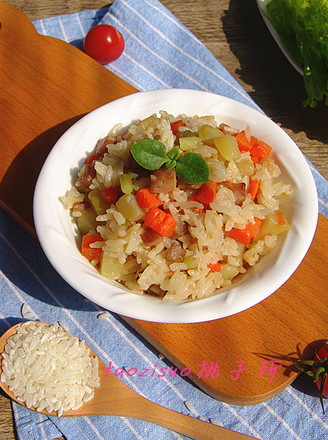Laba Congee
by The cat who doesn't want to go downstairs
Favorite
Difficulty
Easy
Time
2h
Serving
2
The December of the lunar calendar is also called the twelfth lunar month, so the eighth day of the December of the lunar calendar is also commonly known as the Laba. I remember there was a jingle when I was young: Don’t be greedy, kids, Laba is the new year. After Laba, the taste will become more intense in the next year. When I was young, I didn't like the Laba festival as much as I was looking forward to the New Year. You can enlarge the holiday during the New Year without going to school. There are a lot of snacks and delicacies, as well as new clothes and new year's money. More importantly, as long as you don’t go to the house to reveal the lawlessness during the Chinese New Year, the adults who cause a little misfortune will not fix you. It can be of the nature.
Now that the years are getting older, I have lost interest in all festivals. The only thing I keep is the unabated love for the deliciousness of each festival. Therefore, of course, you must drink Laba porridge during the Laba Festival! When preparing the ingredients, I found that the variety of cereals at home is really rich! I grabbed a handful of everything except the rice, glutinous rice, millet, black rice, red kidney beans, walnuts, peanuts, lotus seeds, red dates, raisins, and longans on the tray. Later, soy beans, mung beans, black beans, red beans, barley rice, peas and chestnuts were found, a total of 18 kinds.
In the cold Laba Festival, boil a pot of fragrant Laba porridge, and drink a bowl with salted duck eggs and Laba garlic. It is both suitable for the scene and warming up! "
Now that the years are getting older, I have lost interest in all festivals. The only thing I keep is the unabated love for the deliciousness of each festival. Therefore, of course, you must drink Laba porridge during the Laba Festival! When preparing the ingredients, I found that the variety of cereals at home is really rich! I grabbed a handful of everything except the rice, glutinous rice, millet, black rice, red kidney beans, walnuts, peanuts, lotus seeds, red dates, raisins, and longans on the tray. Later, soy beans, mung beans, black beans, red beans, barley rice, peas and chestnuts were found, a total of 18 kinds.
In the cold Laba Festival, boil a pot of fragrant Laba porridge, and drink a bowl with salted duck eggs and Laba garlic. It is both suitable for the scene and warming up! "

